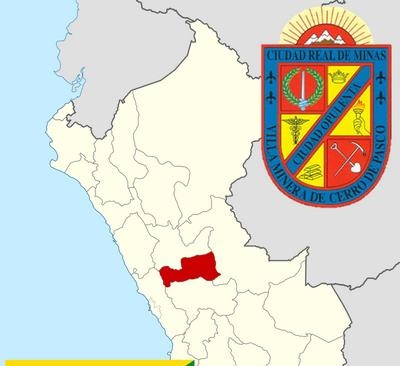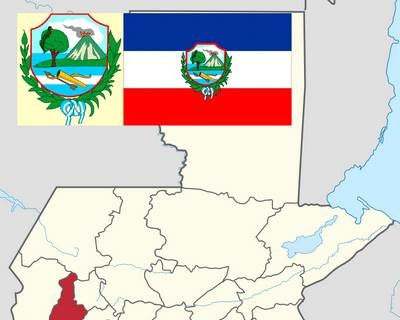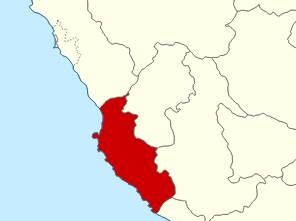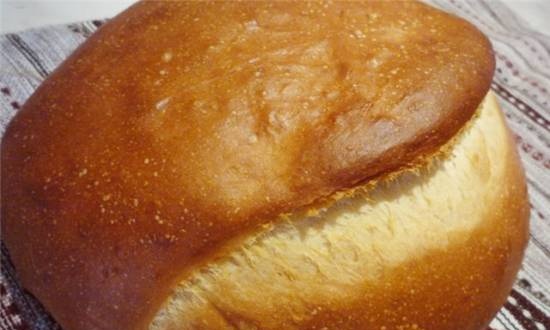|
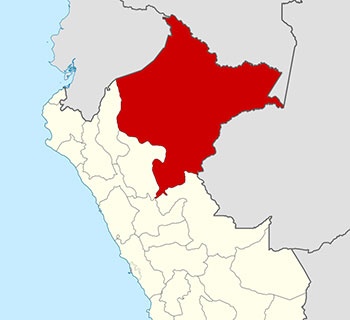 Loreto is the largest department in Peru, located in the warm and humid northeast of the country, covered by a jungle with a large number of rivers-tributaries of the Amazon. It is inhabited by several ethnic groups, whose representatives are employed in agriculture oriented towards local consumption. Loreto is the largest department in Peru, located in the warm and humid northeast of the country, covered by a jungle with a large number of rivers-tributaries of the Amazon. It is inhabited by several ethnic groups, whose representatives are employed in agriculture oriented towards local consumption.
The region produces beans, cassava, bananas, citrus fruits, rice and grains. Thanks to hydrological resources, Loreto's fishery has an advantage over livestock - arapaima live in its rivers, dorado, sabalo, pacu, river corvina and other commercial fish species.
The climate and traditions of the indigenous peoples have had a significant impact on the cuisine of the department. In addition to agricultural and fishing products, wild fruits are eaten here, meat Amazonian rodents, bakers, tapirs, armadillos, turtles, as well as the fruits and pulp of the trunk of the palm tree aguaje, or mauritius. A typical dish with palm pulp is salad chontaserved during Holy Week and cooked with onions, tomatoes, lemon, pepper and lettuce. The hot season is also characterized by ceviche de doradowhose ingredients include fish, lemon and lime, ginger, cucumber, onion, pepper, seasoned coconut milk with spices and olive oil.
 Very often in the Loreto kitchen, ancient cooking methods are used, for example, wrapping ingredients in calathea or banana leaves and then baking them. Following this technique, prepare a dish patarashca, which is a whole fish, usually small in size, baked with spices in leaves on charcoal. Calathea leaves are also cooked Juane - rice mass with chicken pieces, peas, olives and boiled eggs. Very often in the Loreto kitchen, ancient cooking methods are used, for example, wrapping ingredients in calathea or banana leaves and then baking them. Following this technique, prepare a dish patarashca, which is a whole fish, usually small in size, baked with spices in leaves on charcoal. Calathea leaves are also cooked Juane - rice mass with chicken pieces, peas, olives and boiled eggs.
The symbolic soups of Loreto are timbuche, inchicapi and sarapatera... The first is fish broth, for which fresh bokachiko is most often used. The specific consistency of timbuche is given by raw eggs driven into the broth and finely chopped cilantro.
Inchikapi is cooked with chicken, yucca, onions, garlic, chili and fresh selenium, and the broth is thickened with corn flour.
Sarapatera is a typical Peruvian jungle soup, the recipe for which does not include many ingredients, but is difficult to prepare, as it requires the shell of an endangered land toothed turtle. The soup is cooked in a shell over an open fire with the meat of the same turtle, grated banana and herbs.
Arapaima is the largest freshwater Amazonian fish with a very valuable meat that is usually sold salted and dried. The Loreto cuisine menu has several options for arapaima dishes, and one of them suggests steeping fish meat, cutting into steaks and frying with salt and spices. This dish is called paicheserved with ripe bananas and onion salsa. For cooking picadillo they also take desalted fish, which is boiled and added to tomatoes fried with onions and garlic, along with beans and red bell peppers.
Cocoons, a plant in the nightshade family that can be considered an Amazonian tomato, is common in Loreto. The fruits of this plant have an ovoid shape, yellow or reddish skin color, they are used in the preparation of juices and nectars, jams and sweets, salads and sauces. In the cuisine of the region there are such strong drinks based on cocoons as coconachado with sugar and aguardiente and pirana bite with rum.
Elena
|
 Loreto is the largest department in Peru, located in the warm and humid northeast of the country, covered by a jungle with a large number of rivers-tributaries of the Amazon. It is inhabited by several ethnic groups, whose representatives are employed in agriculture oriented towards local consumption.
Loreto is the largest department in Peru, located in the warm and humid northeast of the country, covered by a jungle with a large number of rivers-tributaries of the Amazon. It is inhabited by several ethnic groups, whose representatives are employed in agriculture oriented towards local consumption.